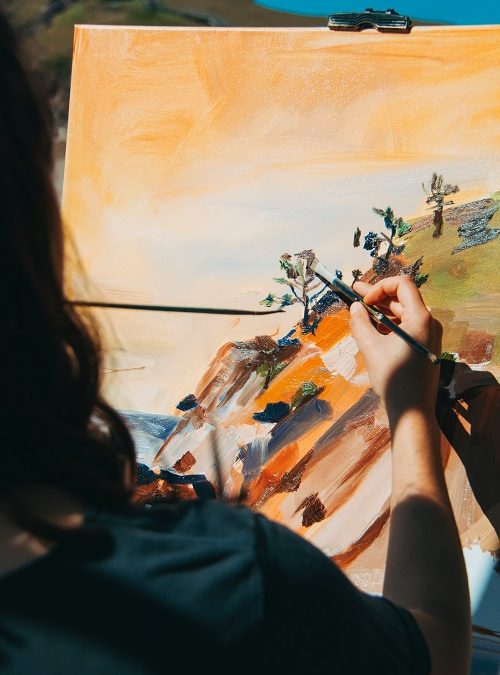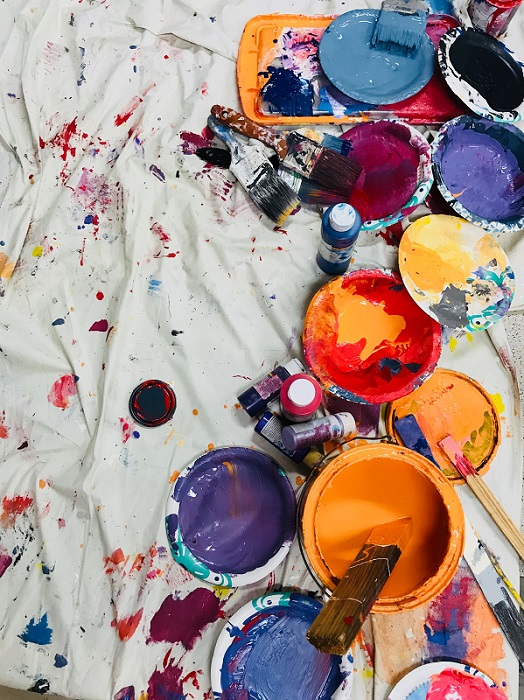In this article Jean Baptiste Gouraud gives some advices for those who begins in oil painting. If you don’t know how to play chess, sitting down with a group of players discussing their playing techniques could be a real source of frustration. This can happen when you’re new to painting and you hear artists who paint in oil discuss the benefits of linen canvas, share homemade gesse recipes, make brush recommendations or talk about a working technique called “wet-on-wet”. The variety and complexity of oil painting jargon may seem unintelligible to you at first, but if you take the time to familiarize yourself with this vocabulary and techniques, you will be able to learn everything and especially to love this type of painting and, why not, later develop your own working method.
When you start, don’t expect Leonardo da Vinci-like results for your first paintings. Whether you are new to painting or an artist who usually works with other mediums, such as acrylic or watercolour, it will take some time to learn the specifics of oil painting, including its slow drying time and strict layering rules. As with any medium, it is best not to overestimate expectations and to give yourself the time necessary for experimentation and discovery.
If you want to try oil painting, we will give you some tips to familiarize yourself with the medium.
The choice of work space
To begin with, according to Jean-Baptiste Gouraud it is extremely important to choose a suitable place where you will paint. Many mediums, such as turpentine, emit toxic gases that can cause dizziness, fainting and, over time, breathing problems. Turpentine is also highly flammable, and even rags that have absorbed the substance can catch fire if they are not disposed of properly. It is of the utmost importance that you work in a ventilated space with access to a safe means of escape. If you do not have the ability to work in such a space, try painting with acrylics, they have some of the properties of oil paints if worked with special tools.
Safety precautions to consider
The components in oil paints often contain hazardous chemicals that can be absorbed through the skin, Jean-Baptiste Gouraud advices you should wear gloves and protective clothing. Many professional artists reserve certain clothing for work only and may have a special wardrobe for their paint shop. For hand protection, artists usually use latex gloves, but if you are allergic to latex, nitrile gloves can be used instead. Finally, if you ever find yourself working with pigments deposited here and there, be sure to wear a respirator. These instructions may seem trivial or obvious, but they can prevent long and dangerous exposure to toxic materials that can lead to health problems.

